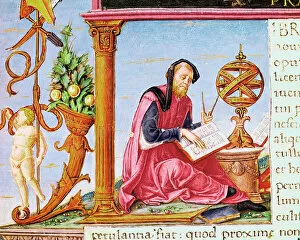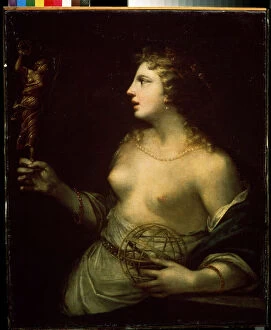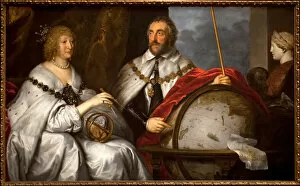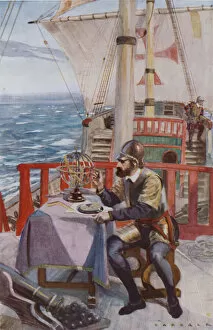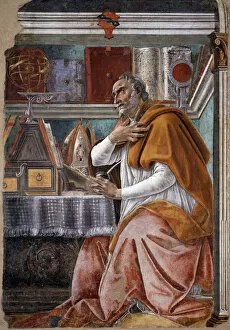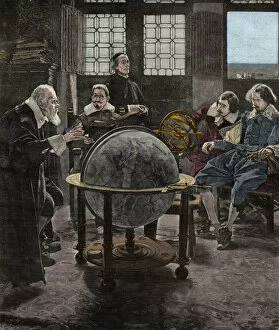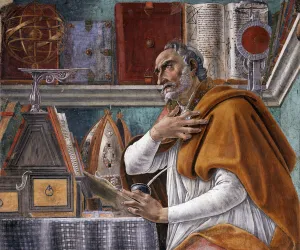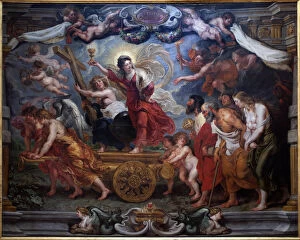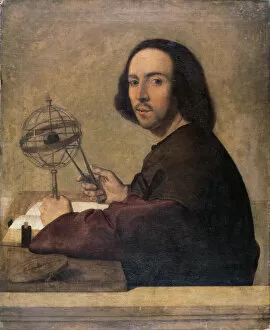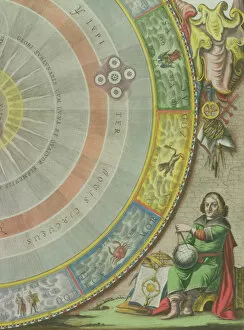Armillary Sphere Collection (page 2)
The armillary sphere, a fascinating astronomical instrument, has been depicted in various forms throughout history
All Professionally Made to Order for Quick Shipping
The armillary sphere, a fascinating astronomical instrument, has been depicted in various forms throughout history. In Europe, particularly in Portugal, it holds great significance and is often associated with the country's coat of arms. One notable representation of the they are be found in the tapestry "Verdure with Arms of Miro" from 1500-25. Created using wool and silk, this artwork showcases the intricate beauty of this celestial device. Dating back to 1578 and following the Ptolemaic system, there are several objects depicting the armillary sphere. These representations provide insight into how astronomers during that time understood and studied celestial movements. In Pierre Brebiette's painting "Two Philosophers Watching an Eclipse" from 1615-42, we witness scholars observing a rare cosmic event through an armillary sphere. This highlights its importance as a tool for studying celestial phenomena. Even renowned artists like Pompeo Batoni incorporated the armillary sphere into their works. His portrait titled "Portrait of a Young Man" from ca. 1760-65 features a young man holding this instrument, symbolizing his interest in astronomy or perhaps his desire to explore knowledge beyond earthly boundaries. An engraving titled "Representation of the Universe as the model of Copernicus" from 1661 further emphasizes how scientists embraced new ideas about our place in space by incorporating them into depictions featuring an armillary sphere. Historical events also connect with this remarkable instrument. For instance, Danish astronomer Tycho Brahe explains its workings to Johannes Kepler in Prague around 1600—an encounter that played a crucial role in advancing our understanding of planetary motion. The influence and significance of the armillary sphere extend beyond scientific circles; it even appears in literature and art inspired by medieval times. An illustration featured in Paul Lacroix's book "Science and Literature in Middle Ages, " published London 1878 (litho), showcases its presence in medieval culture.


